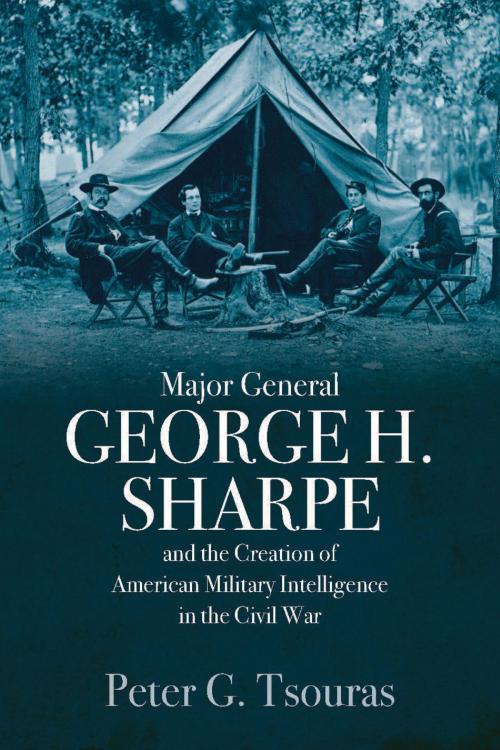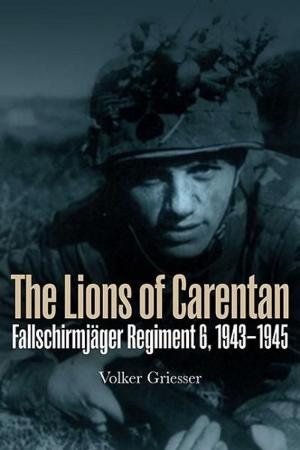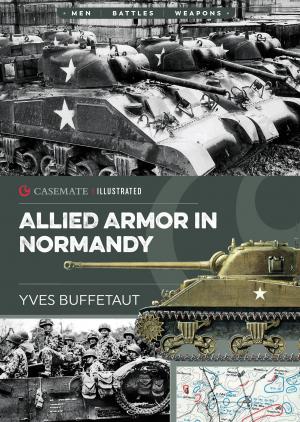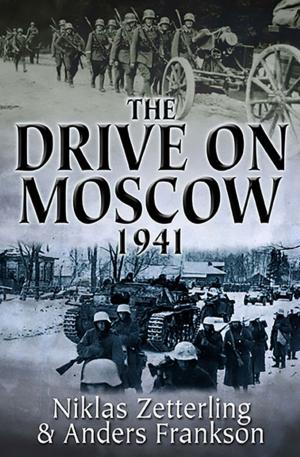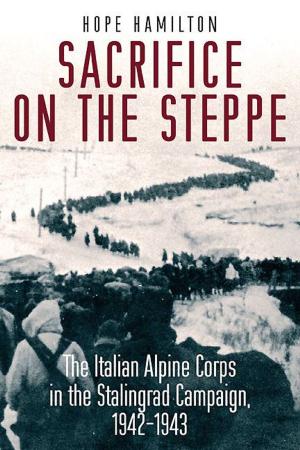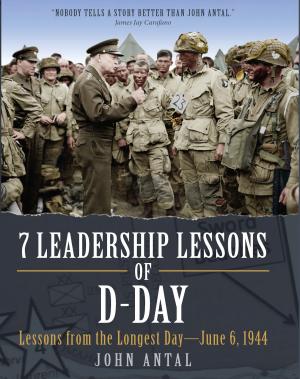Major General George H. Sharpe and The Creation of American Military Intelligence in the Civil War
Nonfiction, History, Americas, United States, Civil War Period (1850-1877), Military| Author: | Peter G. Tsouras | ISBN: | 9781612006482 |
| Publisher: | Casemate | Publication: | October 2, 2018 |
| Imprint: | Casemate | Language: | English |
| Author: | Peter G. Tsouras |
| ISBN: | 9781612006482 |
| Publisher: | Casemate |
| Publication: | October 2, 2018 |
| Imprint: | Casemate |
| Language: | English |
The vital role of the military all-source intelligence in the eastern theater of operations during the U.S. Civil War is told through the biography of its creator, George H. Sharpe. Renowned historian Peter Tsouras contends that this creation under Sharpe’s leadership was the combat multiplier that ultimately allowed the Union to be victorious.
Sharpe is celebrated as one of the most remarkable Americans of the 19th century. He built an intelligence organization (The Bureau of Military Information – BMI) from a standing start beginning in February 1863. He was the first man in military history to create a professional all-source intelligence operation, defined by the U.S. Army as “the intelligence products, organizations, and activities that incorporates all sources of information, in the production of intelligence.” By early 1863, in the two and half months before the Chancellorsville Campaign, Sharpe had conducted a breath-taking Intelligence Preparation of the Battlefield (IPB) effort. His reports identified every brigade and its location in Lee’s army, provided an accurate order-of-battle down to the regiment level and a complete analysis of the railroad. The eventual failure of the campaign was outside of the control of Sharpe, who had assembled a staff of 30-50 scouts and support personnel to run the military intelligence operation of the Army of the Potomac. He later supported Grant’s Armies Operating Against Richmond (AOAR) during the Siege of Petersburg, where the BMI played a fundamental role in the victory.
His career did not end in 1865. Sharpe crossed paths with almost everyone prominent in America after the Civil War. He became one of the most powerful Republican politicians in New York State, had close friendships with Presidents Grant and Arthur, and was a champion of African-American Civil rights.
With the discovery of the day-by-day journal of John C. Babcock, Sharpe’s civilian deputy and order-of-battle analyst in late 1963, and the unpublished Hooker papers, the military correspondence of Joseph Hooker during his time as a commander of the Army of the Potomac, Tsouras has discovered a unique window into the flow of intelligence reporting which gives a new perspective in the study of military operations in the U.S. Civil War.
The vital role of the military all-source intelligence in the eastern theater of operations during the U.S. Civil War is told through the biography of its creator, George H. Sharpe. Renowned historian Peter Tsouras contends that this creation under Sharpe’s leadership was the combat multiplier that ultimately allowed the Union to be victorious.
Sharpe is celebrated as one of the most remarkable Americans of the 19th century. He built an intelligence organization (The Bureau of Military Information – BMI) from a standing start beginning in February 1863. He was the first man in military history to create a professional all-source intelligence operation, defined by the U.S. Army as “the intelligence products, organizations, and activities that incorporates all sources of information, in the production of intelligence.” By early 1863, in the two and half months before the Chancellorsville Campaign, Sharpe had conducted a breath-taking Intelligence Preparation of the Battlefield (IPB) effort. His reports identified every brigade and its location in Lee’s army, provided an accurate order-of-battle down to the regiment level and a complete analysis of the railroad. The eventual failure of the campaign was outside of the control of Sharpe, who had assembled a staff of 30-50 scouts and support personnel to run the military intelligence operation of the Army of the Potomac. He later supported Grant’s Armies Operating Against Richmond (AOAR) during the Siege of Petersburg, where the BMI played a fundamental role in the victory.
His career did not end in 1865. Sharpe crossed paths with almost everyone prominent in America after the Civil War. He became one of the most powerful Republican politicians in New York State, had close friendships with Presidents Grant and Arthur, and was a champion of African-American Civil rights.
With the discovery of the day-by-day journal of John C. Babcock, Sharpe’s civilian deputy and order-of-battle analyst in late 1963, and the unpublished Hooker papers, the military correspondence of Joseph Hooker during his time as a commander of the Army of the Potomac, Tsouras has discovered a unique window into the flow of intelligence reporting which gives a new perspective in the study of military operations in the U.S. Civil War.
